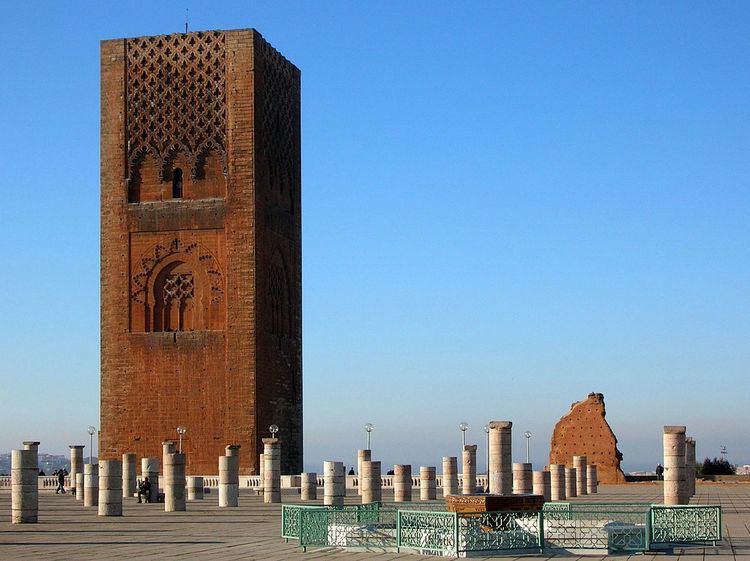 | ||
Moorish architecture is the architectural tradition that appeared in the Maghreb region and the Iberian peninsula after the Arab Islamic conquest.
Contents
Architecture
Characteristic elements of Moorish architecture include muqarnas, horseshoe arches, voussoirs, domes, crenellated arches, lancet arches, ogee arches, courtyards, and decorative tile work known as zellij in Arabic or azulejo in Spanish. The architectural tradition is exemplified by great buildings such as the Mezquita in Córdoba (784–987, in four phases); the Alhambra (mainly 1338–1390) and Generalife (1302–9 and 1313–24) in Granada and the Giralda in Seville in 1184; Paderne Castle in the Algarve, Portugal; the mosque of Koutoubia and University of Al-Karaouine in Morocco; the Great Mosque of Algiers and the Great Mosque of Tlemcen in Algeria; and the Mosque of Uqba in Kairouan, Tunisia. Other notable buildings include the ruined palace city of Medina Azahara (936-1010), the church (former mosque) San Cristo de la Luz in Toledo, the Aljafería in Zaragoza and baths at for example Ronda and Alhama de Granada.
The term is sometimes used to include the products of the Islamic civilisation of Southern Italy. The Palazzo dei Normanni in Sicily was begun in the 9th century by the Emir of Palermo.
There is archeological evidence of an eighth-century mosque in Narbonne, France.
Spain
Major monuments
Caliphate of Córdoba (929-1031):
Period of Taifas (11th-13th century):
Nasrid Emirate of Granada (1212–1492):
Portugal
India
Algeria, Morocco & Tunisia
There is a high concentration of Moorish architecture in the Maghrebi states of Algeria, Morocco and Tunisia mainly in the cities of Tlemcen, Algiers, Marrakech, Tunis, and Testour.
